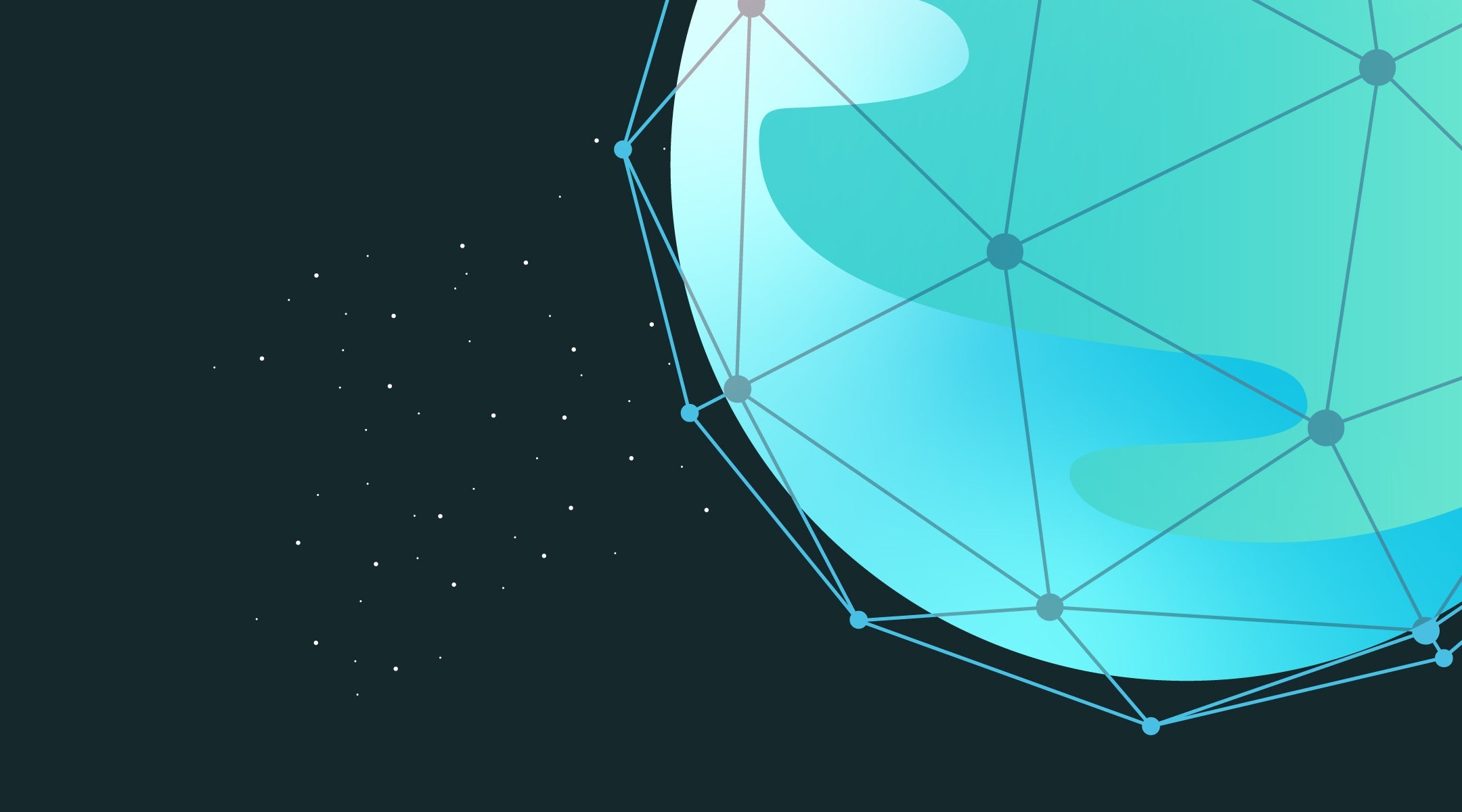“Big Data” is a term that often gets associated with large corporations and, on the surface, only seems relevant to them. But if you’ve ever avoided a traffic jam thanks to a Waze notification or enjoyed a Netflix movie recommendation, then you’ve already benefited from big data.
In this post, we’ll talk about the basics of Big Data, why it’s important to GPS, and how it relates to you as a consumer.

What is Big Data?
Gartner defines big data as a collection of high-volume, high-velocity, and/or high-variety information that typically requires processing and analysis before it can be used to improve decision-making and processing.
The key here is the amount of processing and analysis required. Small data, by comparison, is easily understood and can be usable without a very sophisticated analysis. Think of it like this: if the data can be formatted into a simple Excel spreadsheet, it’s small data.
Big data comes from an ever-increasing number of sources, requires data warehouses for storage and analytics, and requires specialized software to convert it into actionable information.
Why is Big Data Important?
Big data is important because it is key to unlocking many different services and functions that can only be available or practical when driven by massive amounts of information.
Remember that traffic notification example from earlier? That’s only possible because Waze has access to data from thousands of other Waze users and their locations, which is then compared against the geographic map data that Waze uses to figure out which specific street (and even which side of the street) is jammed with other drivers.
Similarly, Netflix’s recommendations are based on data collected from thousands of other users with similar profiles and information on what they’ve been watching, so that the algorithm can figure out whether or not the movies they watched are a match for your potential tastes.
Big data is also valuable in a business context as well, like if a packaged-goods company’s marketing team needs to decide where the best place is to buy ads.
Big Data and GPS
GPS is a prime example of how big data can be used to simplify daily life. When additional data points are layered on top of GPS satellite data, then location data becomes even more robust. For instance, you could overlay points of interest on top of location data as a way of finding the best restaurants, gas stations, and other businesses on your route. Live traffic data, as in the Waze example, can help you avoid jams and other accidents.
Or you could overlay information about crimes, accidents, and medical emergencies onto that same location data so that police departments and emergency response teams can improve response times and track trends.
When you add telematics data into the mix, emergency services can keep track of the vehicles in their fleet, the routes taken, and driver performance during each of these trips.
Big Data in Business
Telematics, emergency response, and traffic management aren’t the only way to apply big data in business. Here are a few other ways various industries have leveraged it:
Risk management
Big data lets businesses create robust models to quantify and help minimize risks. Improved risk management helps with everything from theft and security breaches to determining what stocks to invest in.
Customer Analytics
Customer analytics is a huge application of big data. Not only can you discover how a customer behaved on your website, but also which sites they visited before and after, what they interacted with on social media, their in-store purchases, as well as theirs pyschographics and demographics.
Companies can create accurate audience profiles and segment them so that they can provide customers with more personalized offers and experiences that will make them happier and more likely to buy.
What do I mean? Well, small data might inform you that women age 25-29 make up the largest segment of their audience. Big data, on the other hand, lets you know which of those women prefer high-end goods, which prefer bargain buys, which ones subscribe to Vogue, and which prefer Woman’s Day.
You get a 360-degree view of the customer, which you can be an incredible business advantage.
Proximity Marketing
Also called “retail geolocation marketing,” proximity marketing lets brick-and-mortar retailers use beacons–devices that transmit signals to nearby smartphones. Apps can then relay the phone’s physical location to the retailer.
That location data, when augmented with information about the customer’s online behavior and other big data, helps gives retailers the ability to push personalized offers to customers while they’re in the store.
Beacons can alert a grocery store owner that a shopper is lingering in the ice cream aisle, which could then trigger a text with a discount coupon for ice cream to help close the deal. What’s more, the data gleaned from the beacons can be added to the retailer’s existing big data. If the beacons reveal that people are skirting certain sections of the store, the retailer might want to consider changing the store’s physical layout.
Proximity marketing can also increase traffic to stores. There’s one example of a convenience-food chain that used beacons and big data to push coupons to people who were heading to nearby competitors, thus luring them to their own shops instead.
Big Data in Healthcare
Now that the vast majority of healthcare providers have switch to EHRs (electronic health records), clinicians, researchings, pharma, and biotech firms can tap into this aggregated data and improve the effectiveness of treatments and procedures.
Big data has helped researchers discover more risks and benefits from drug trials than they have in the past. Analyzing years of big data has also given some organizations more insight into the risk factors for opioid abuse. And on a smaller but still significant scale, big data analytics can help hospitals and clinics schedule staff more effectively and improve patient care.
Big Data in Technology
Tech firms use big data to assess risks, too, and with a high degree of accuracy and with a tighter focus on targeting customers. Big data has also led to an increased need for data analysts, data engineers, data scientists, and data architects. Security engineers and database managers are also in very high demand.
Big data has also driven a very high need for artificial intelligence and machine learning to help process and analyze all of this information into a usable format.
Though big data is a very nuanced topic with lots of obvious and hiddenc complexity, it’s easy to see that it’s changed our lives and livelihoods in very significant ways. As data professionals continue to hone ways of harnessing high-volume, high-velocity, and high-value information, big data will continue to improve everything from medicine to traffic predictions to retail recommendations.



Share:
Your Easy Guide to Car GPS Tracking Installation
What is Real-Time Asset Tracking?